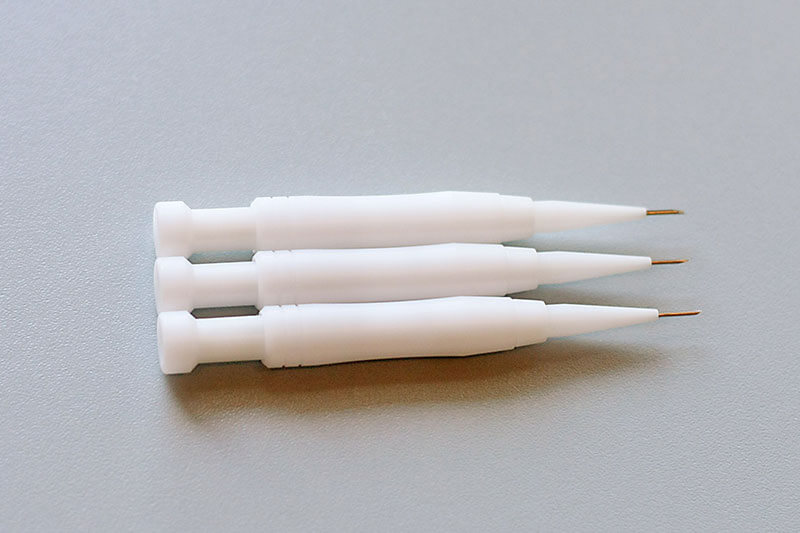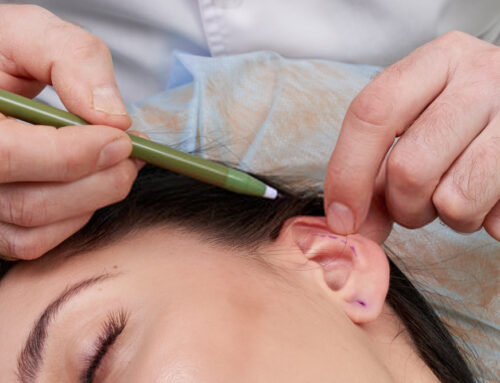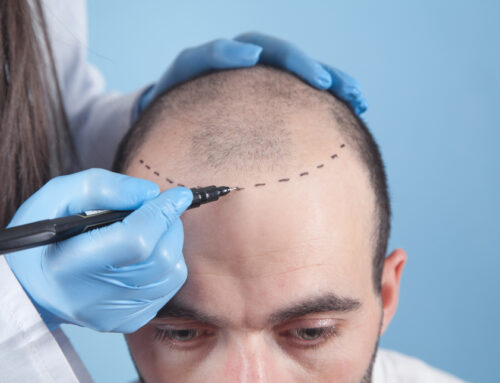Main Hair Transplantation Studies
Hair shedding is a disturbing problem impacting a significant portion of society ranging up to 85% of men and 40% of women, and its prevalence rises for both genders with age. While there are many reasons for hair loss, androgenic alopecia (AGA), an androgen-sensitive hair fall syndrome that impacts both males and females, is by far the most common cause.
New progress in surgical hair transplants have, however, rendered hair transplantation (HT) an increasingly productive, healthy, and secure way for people undergoing androgenic alopecia to recover their hair looks more vibrant and healthy.
What are the alternatives to a hair transplant?
95 percent of all cases of hair loss are hereditary. In this form of hair loss, hair transplant is the most effective method. The drug finasteride has proven itself as a medicinal alternative. However, irreversible side effects such as erectile dysfunction or depression have recently become increasingly known. In addition, the hair loss starts again unchanged after stopping the drug. If the look of a freshly shaved head is sufficient, micropigmentation can be a non-invasive and cheaper alternative.
In contrast to androgenetic alopecia, so-called diffuse alopecia is usually only a phase and can be caused by hormonal changes, stress or certain diseases. Special shampoos or a change in lifestyle can help with this form of hair loss. If in doubt, a specialist doctor can take a comprehensive medical history to determine the cause of the hair loss and suggest possible treatments.
Types of Hair Replacement Surgery
- There have been four main best hair strategies of various kinds, including the following:
- Hair implantation – The doctor extracts tiny hair slit from the scalp’s back or sides of the head during hair transplant surgery. Then, these implants are transferred to a bald or thinning region.
- Tissue extension – A component called a tissue spreader is put underneath a hair-bearing region in the front of a bald area in this operation. The tissue expander allows the skin to develop fresh skin cells after many weeks. To position the massive new skin over the neighbouring bald spot, another operation is then necessary.
- Flap operation – For having wide balding areas, flap operation is ideal. haiA part of the bald area is extracted during this operation and a skin flap is placed from the hairy portion on the bald area while still connected to its original blood flow at one end.
- Scalp removal – To make up the bald regions at the front and side of the head, scalp segmentation is done. The replacement of the bald skin with parts of the hairy portion of the scalp is pulled together in the bald region.
How does the doctor prepare the hair for the hair transplant?
Depending on which method is used for hair transplantation, the exact preparation also varies. A hair wash is usually necessary in any case. With the so-called FUE method, the treatment team shaves large areas of all areas from which the donor hair root groups are then randomly removed. In the course of the FUT method, it only shortens the hair, as it cuts out a previously precisely defined strip of skin on the back of the head. But even if the doctor shaves the hair, he always leaves a certain length behind, because both the FUE method and the FUT method as well as a robot need residual hair in order to be able to prepare the hair.
FUT vs FUE hair restoration
Two kinds of hair transplant techniques are available: FUT (Follicular Unit Transplant) and FUE (Follicular Unit Extraction). The right alternative for you will vary depending on the individual preferences and your physician’s advice.
You May Also Like: Fue Hair Transplant
The FUT hair restoration approach requires taking a slice of skin from the donor area with hair follicles, usually, the rear of your head where the hair is typically thicker and fuller. Tiny clusters of hair follicle-containing tissue from that little skin are isolated and ready for implantation. As this occurs, in the receiver position in which you are undergoing shrinking hair or balding, small, single holes are made. The processed grafts are then mounted separately on the site of the receiver.
This technique has been there for over twenty years, and when it first introduced and for several years afterwards, it was a groundbreaking method for retaining a gorgeous natural hairline. However, though it gave formerly unattainable results, Dr Sobel states that this approach is not without disadvantages. Based on the number of grafts applied, this form of operation will take hours, so there is no method of preventing the resultant lateral scar around the back of the head. The scar will be noticeable when healing, and during rehabilitation, patients will have to take care of both the linear incision on the side of the head and the receiver areas.
The hair transplant FUE method was created as a method to obtain the same FUT outcomes while resolving the drawbacks. FUE, like FUT, includes extracting hair follicles at the side of the head from a donor area and transferring them to create a thicker, natural-looking hairline. Except for FUT, this technique does not involve extracting a tissue patch from the side of the head, but rather extracting specific hair follicles from the head and placing them into tiny cuts created at the site of the receiver.
You May Also Like: Fut Hair Transplant
Although more time is required in surgery for the thorough FUE procedure, this method removes the linear scar and wound care treatment required with FUT. The FUE approach also readily removed and decreases levels of post-procedure pain.
Hair transplants are efficient techniques to restore hair growth after several reasons for hair deficiency. The rate of success of hair transplant surgery depends on several factors, including the surgeon’s capacity and experience and the density of the donor hair of the individual.





Leave A Comment